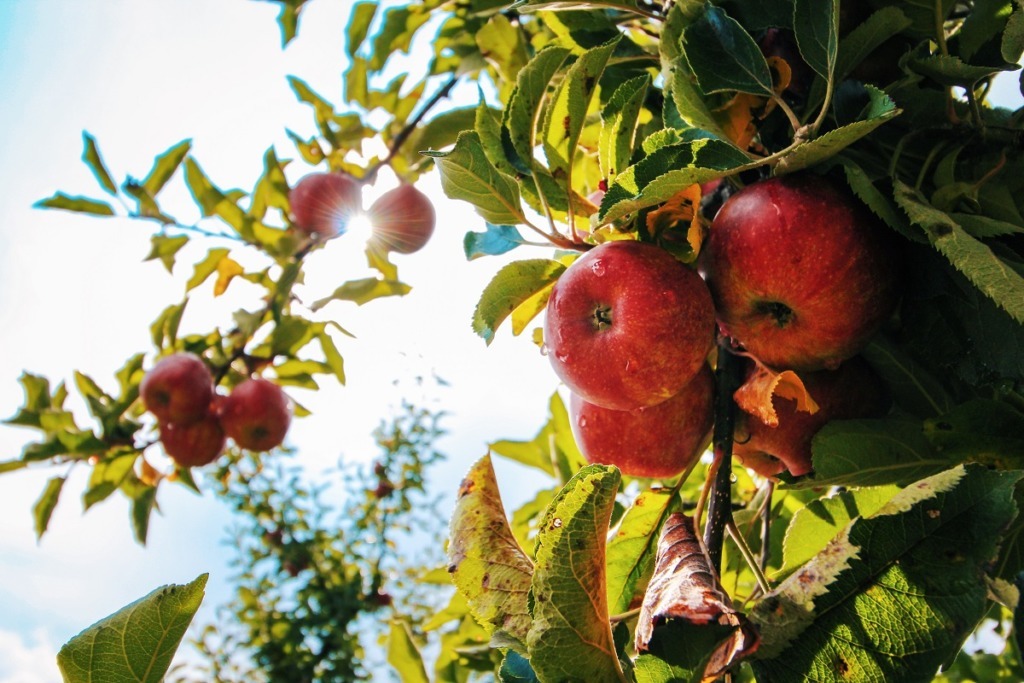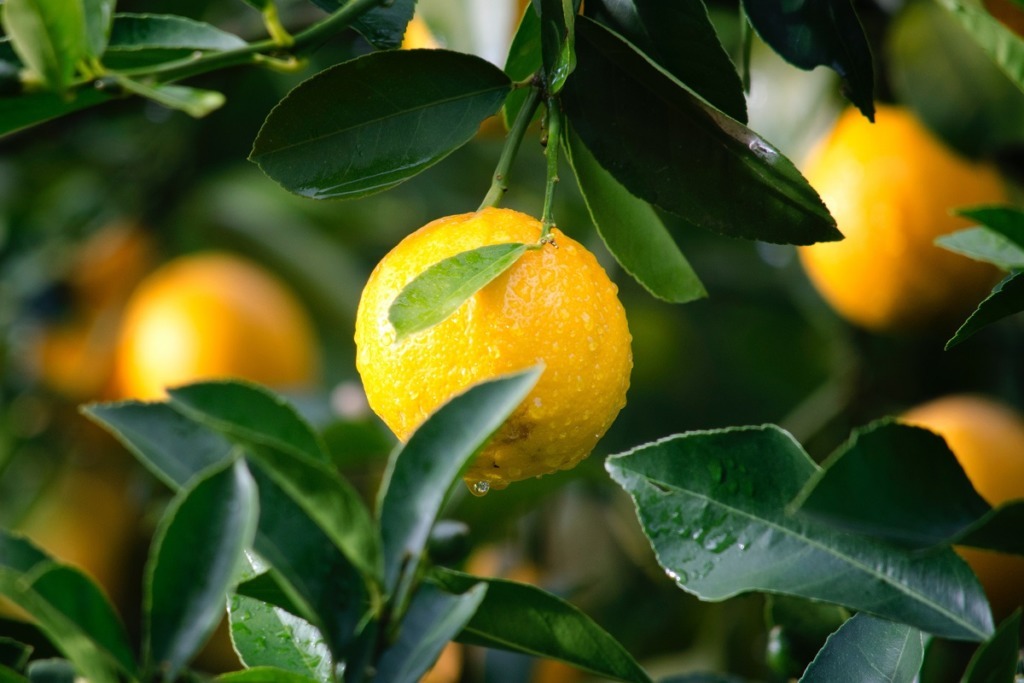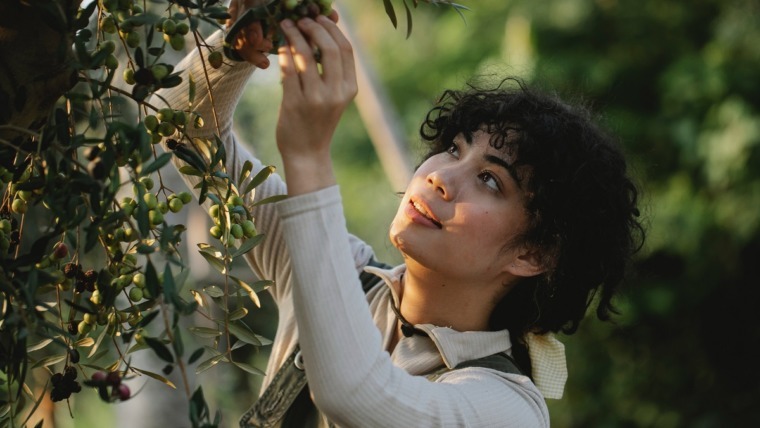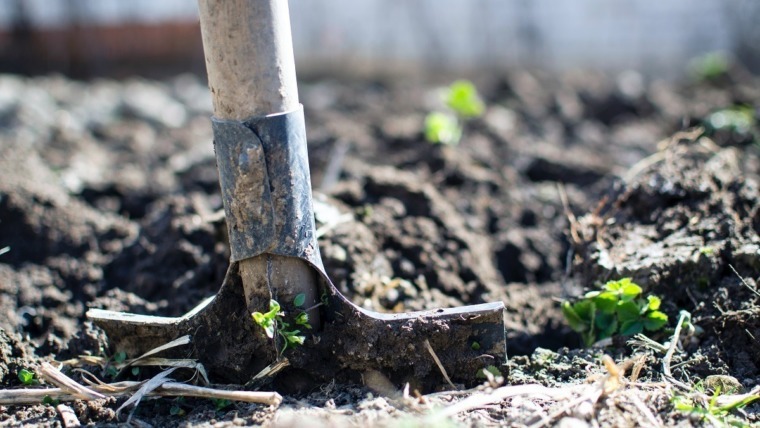5 Fruit Trees You Need For The Home Garden

Written by Toni Salter, The Veggie Lady
Most of us don’t live on acreage so we don’t have the luxury of setting up an organic fruit orchard to grow our own fruit trees. On the plus side, that means also not having the full-time work that goes along with tending a large orchard too. So what fruit trees can we grow in a limited area without too much fuss?
There are a number of options for you to grow some fruit in your own home garden. It’s just a matter of looking at suitable varieties and ways of growing. You can actually grow quite a lot of trees in containers now. That means if you live in an apartment, then you can also grow fruit trees at home.
I have 5 favourite fruit trees that I’d recommend everyone grows at home.
My 5 Best Fruit Trees For The Home Garden
- Lemon
Lemons are a cook's favourite and are used in so many recipes that it’s great to have a ready supply in the home garden to pick as needed. Eureka Lemons are the traditional tart lemon used for cooking and can be grown in a wide range of climates. While their main crop is harvested in winter, the Eureka lemon tree will produce smaller amounts of fruit right throughout the year, making them great for the home cook.
- Mandarin
Mandarins are great for the whole family, whether it’s in kids' lunch boxes or grabbing a quick and healthy snack on the run. Choose seedless varieties if you don’t care for pips. My favourite is Imperial Mandarin because it's super sweet and easy to peel. Mandarins, like another citrus, are generally carefree fruit trees for the home garden if grown in rich fertile soil with good drainage.

- Nectarine
Nectarines are the taste of summer and come in either yellow or white flesh. Choose a clean stone variety if you want to cut them up more easily. Nectarines are prone to fruit fly attacks as well as birds, so make sure to protect your trees with fruit protection bags or netting.
- Fig
Figs have Mediterranean origins and grow best in those conditions, so they are quite versatile and adaptable to a wider climatic range. These trees are deciduous, losing their leaves in autumn/fall so you can use the leaves for the compost as they drop. Pruning can also keep these trees compact so they can be grown comfortably in city properties.
- Pineapple Guava or Feijoa
Pineapple Guavas (Acca sellowiana) are great for creating the taste of the tropics. Think of a tropical fruit salad as you bite into and taste a Pineapple Guava. While it is reminiscent of the tropics, this fruit tree can be grown in cooler climates as well as sub-tropical zones. Its slow-growing habit makes it perfect for containers since it will remain compact for many years.
Choose Small Trees
When choosing fruit trees you’ll want to consider the overall size at maturity. A small potted specimen at the local nursery might look great with a couple of fruit dangling on it and entice you to buy it, but what do you do then if it takes over the whole backyard once you plant it?
Look for fruit trees for the home garden that ultimately don’t get any taller than about 3-5 metres (10-15 ft) depending on the size of your yard. You can get “dwarf” species that are ideal for smaller city gardens. They are called dwarf or miniature because they have been grafted onto a rootstock which will limit their overall growth without affecting the size of the fruit.
Dwarf fruit trees are available for apples, stonefruit, citrus, fig, mango and even a mulberry.
Fruit Salad Trees
Another way to get a choice of fruit for a small garden is to get a multi-grafted fruit tree. This is a tree that has different varieties grafted into one rootstock. So if you want to have all 5 fruit trees listed above but don’t have room for all of them, perhaps consider having a mandarin and lemon both grafted onto one tree.

These are sometimes called “fruit salad trees” because they can have up to 4 or 5 different varieties on one tree. Just remember that you have to keep varieties similar - different types of citrus only on one tree or different types of stonefruit. But you can’t put an apple, a peach and an orange all on one tree.
Try Espalier
You can also save space using espalier techniques. This is where a full-sized tree is trained from the beginning to grow on a vertical surface or wires instead of allowing it to grow in its usual shape. Fruit trees can be trained in a fan shape against a brick wall or fence and then any outward shoots are clipped off to keep them on a flat plane.
Good Soil
All fruit trees like good free draining soil so improve your soil in the home garden with compost and manure before planting. Also, consider raised garden beds to help improve drainage. Excessive moisture around citrus is sure to create problems if untreated.
To keep fruit trees healthy, they will need at least a yearly application of fertiliser. Use a good quality organic fertiliser suitable for fruit trees and add some compost in late winter. Mulching in summertime keeps the soil moisture in and keeps weeds out. It will also break down in time to add valuable nutrients to the soil. Feed the soil and the soil will feed your plants organically.
Year-Round Fruit
When you grow these 5 fruit trees for the home garden, you’ll get seasonal fruit ready for harvest so you can eat fruit for the whole year.
5 Fruit Trees You Need For The Home Garden 5 Fruit Trees You Need For The Home Garden 5 Fruit Trees You Need For The Home Garden 5 Fruit Trees You Need For The Home Garden



